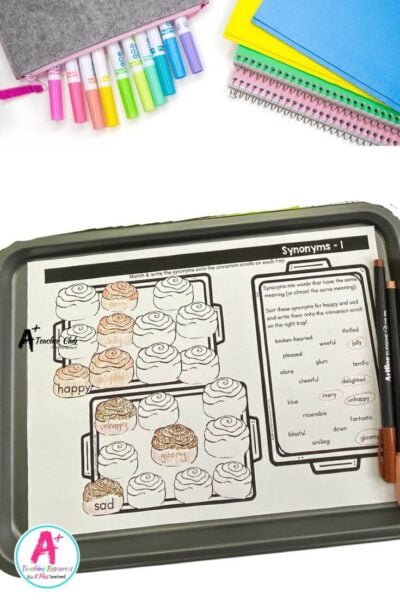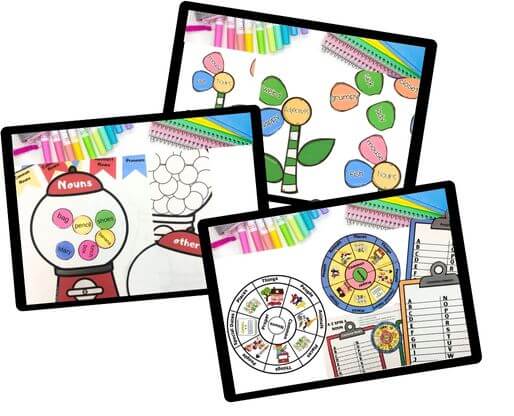Synonyms and Antonyms Activities
Phonics, Spelling, & Grammar Resources
Looking for some fun ways to teach your students about synonyms and antonyms? Look no further! We’ve got you covered with our Synonyms and Antonyms Activities that are perfect for primary school students. Teaching synonyms and antonyms is an essential part of building vocabulary and developing reading and writing skills. With our fun and engaging activities, your students will be able to expand their vocabulary and learn how to use synonyms and antonyms in their writing. Let’s dive in!
Teaching Synonyms and Antonyms
As students progress through their academic journey, they are often introduced to new words and concepts. A great way to expand their vocabulary is by teaching them about synonyms and antonyms. These two concepts are important because they help students to understand the relationships between words, which can improve their reading, writing, and communication skills. In this blog post, we will explore what synonyms and antonyms are, why we teach them, and how to teach them in a fun and engaging way.
What Are Synonyms and Antonyms?
Synonyms are words that have the same or similar meanings. For example, the words “happy” and “joyful” are synonyms because they both convey a feeling of happiness.
Antonyms, on the other hand, are words that have opposite meanings. For example, the words “hot” and “cold” are antonyms because they represent opposite temperatures.
Why Do We Teach Synonyms and Antonyms?
Teaching synonyms and antonyms is important for several reasons. Firstly, it can help students to expand their vocabulary, which can improve their reading comprehension and writing skills. Secondly, understanding synonyms and antonyms can help students to better express themselves and communicate their thoughts and ideas. Finally, knowing synonyms and antonyms can help students to understand the nuances of language, which can be important for effective communication in different contexts.
Antonyms & Synonyms In The Australian Curriculum
Teaching synonyms and antonyms is part of the Australian Curriculum for English Language. Specifically, it falls under the category of Language, which requires students to learn about the different aspects of language, including grammar, vocabulary, and punctuation. By teaching synonyms and antonyms, teachers can help their students to meet the requirements of the Australian Curriculum and improve their overall English language skills.
Check out our Synonyms and Antonyms Activities resources below!
Resources listed in this collection
Click to jump to...Synonyms and Antonyms Activities
Explore tags
More Grammar Activities
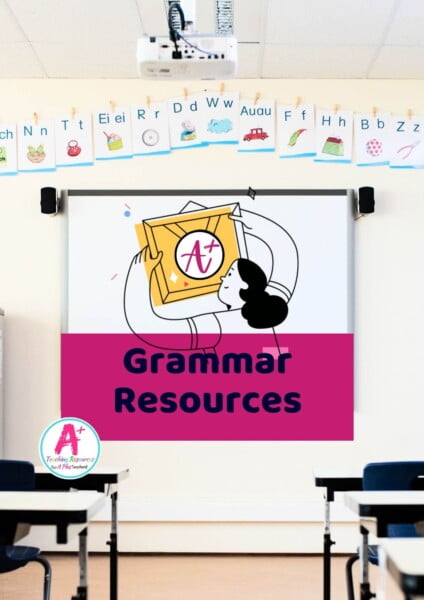
Grammar
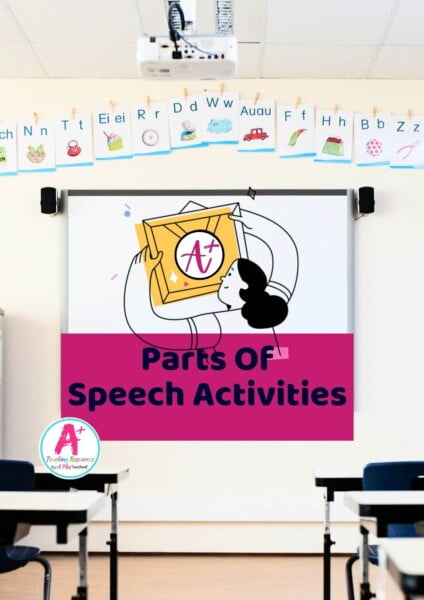
Parts-of-Speech

Types of Sentences
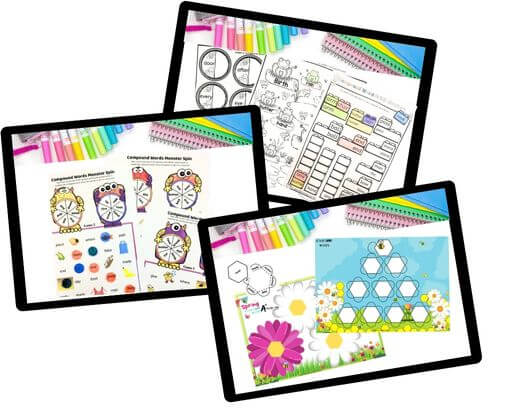
Compound Words
Can't find what you're looking for?
Send us a request! Use this form to request a resource. Please give details of the learning area, topic, year level, curriculum links. We’ll be happy to take a look to see if we can fit it in. Unfortunately a request does not guarantee we will be able to make it!
"*" indicates required fields

